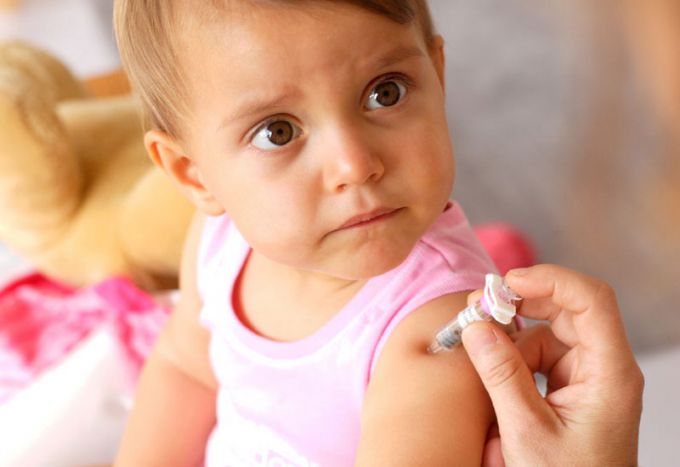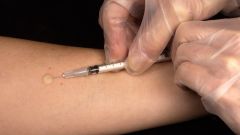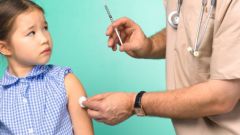Each vaccine has its reactogenicity and immunogenicity.
All reactions after vaccination can be divided into two types:
1. local;
2. common.
First shown:
• edema;
• redness;
• soreness;
• itching.
The local stage of the reaction is determined by the width of the redness. If the spot has a width of 2.5 cm, then the reaction is easy. If redness has a diameter of 5 cm, then we can talk about the average response. If more than 5 cm, there is a severe reaction.
Reduce redness virtually impossible. In this case, the parents should distract the child, to ensure peace, to give painkillers. Also the injection site can put a moist clean cloth.
After injection in the thigh or shoulder can be a reaction of the lymph nodes. In this case, and if redness has a width greater than 5 cm, should consult a doctor.
The most common reaction after any vaccine is fever. It is very undesirable in this case, and therefore it is necessary to knock, not waiting for the 38 ° C. it is advisable to use preparations of paracetamol and ibuprofen. In addition to these measures should also ensure the child is drinking plenty of fluids, humidified fresh air in the room.
Allocated to a separate category adverse reactions. This is an extremely negative phenomenon, in almost all cases need medical help. These include, for example, include the collapse and anaphylactic shock. Possible CNS and, as a consequence, convulsions, encephalopathy, meningitis, lesions of individual organs (liver, kidney), a variety of allergic manifestations.
To avoid or at least reduce a negative reaction after vaccination can be due to the prevention of such situations.
1. The child at the time of vaccination should be fully healthy – this should confirm the doctors and clinical blood tests.
2. If the child is prone to allergies, then it is better before the introduction of vaccines to give the child antihistamines.
3. You need to avoid child's contact with sick people and after the procedure.


